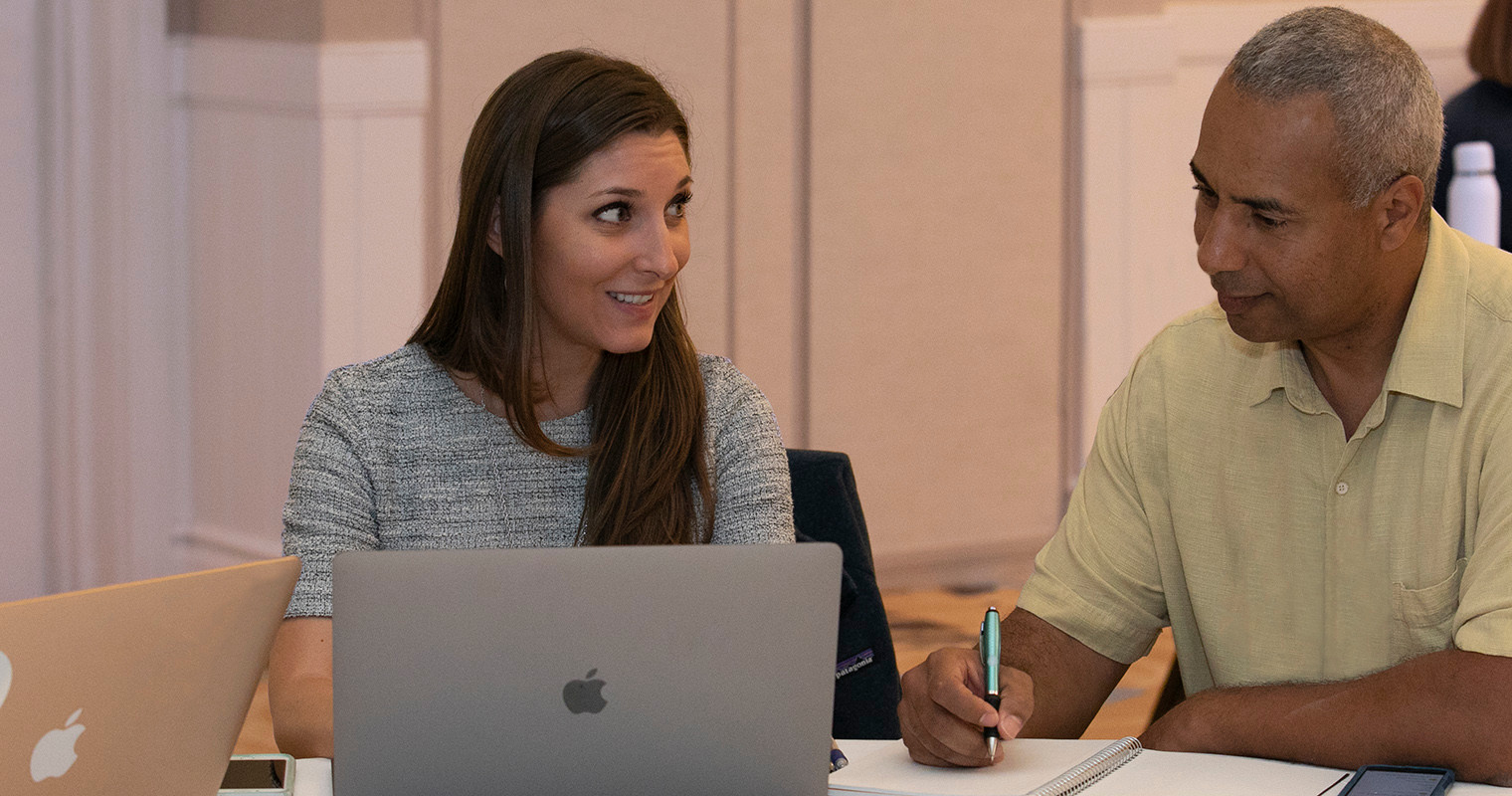
The Founder’s Paradox: How to Make Clear Decisions When the Future Is So Cloudy
I never imagined that I would talk with our company about a pandemic. But for many leaders, last week brought the unimaginable. It did for me on Wednesday, which I typically set aside for deep introspection and strategy. I spent that afternoon going through my own assumptions about the potential impact of coronavirus on the world, our company, our customers, and our team. Those reflections were the basis for a heartfelt conversation with the entire Aha! team last Friday.
Business as usual is no more. We are entering an exceptional period of fear, doubt, and uncertainty that I have not felt since 9/11.
You might think that this level of uncertainty is not conducive to decision-making. There is confusion about what to do next when you are grappling with challenging and changing information about something that is totally new. And yet, ironically, periods of great uncertainty demand strong and courageous decisions.
It is possible, though, to make key decisions with confidence when no answer seems like a good one. Even when the circumstances drive deep organizational and personal concern — like what we are facing right now. There is the devastation that has already occurred and the reality of much more to come. The choices we make today will have a real impact on all of us and our communities. That is the case in stable times for leaders. But we have an even deeper responsibility in difficult times. So when I took time last week to think through what is ahead and how it might impact our strategy as a company, I felt the gravity of it all.
It is truly a paradox — quickly making decisions when little is known and when you would benefit from much more information.
I know many others are struggling with the same feeling. You are going to see the results of those leadership decisions over the next few weeks and months. We already know that many companies are closing their offices and asking people to work from home. Retailers are suspending store operations. But what we cannot see from most corporations yet are the hiring freezes being discussed, the reductions in marketing spend being planned, and ultimately painful layoffs that are bound to come.
So, how do you contend with difficult and sometimes existential questions in the most difficult times? Every situation has many faces and every organization is unique. I worked through my own thinking with our team at Aha! for how we will respond to this unprecedented event using the framework below. Consider using it to come to your own conclusions about what comes next and what you should do.
Document the known
Rather than getting lost in all the “what-ifs,” I knew I needed to write down what we did know. I find that it is always helpful to write down all my thoughts and then organize them. In this case, I opened up a note and created four headers — the world as a whole, Aha! as a company, our customers, and then our team. Then I captured what I knew in the moment for each.
Listen
With something as global and dynamic as what is happening right now, it is critical to know what others are thinking and feeling. My experience is only mine. So I asked and I listened. For example, I consistently heard that the stress of having family members (partners, spouses, and children) at home for an extended period of time really made people anxious. There was real concern from teammates about how they would be able to meet both their family and Aha! obligations.
Make assumptions
There are plenty of cliche sayings about assumptions. But strategic thinking always requires you to make assumptions — some type of hypothesis about current and future events with actions to take. I included time frames (immediate, 30 days, and unknown past that) and what I thought would happen.
Go boldly
Courage and humility from companies and leaders gives others confidence. As I told the team when I let them know my thoughts, there is still so much we do not know. I cannot claim to have all the answers. Instead, I shared exactly how I approached everything I described above — our best attempt to make sense of an unthinkable and urgent situation. And I explained what we could control and what we would do moving forward.
Be transparent
Transparency is a core value for us at Aha! — the turbulence of what is happening only makes that transparency even more important. With news changing daily and misinformation spreading, the team needed to know that our leadership team was working hard to make the best decisions for everyone involved. So I spoke about it openly at our all-company meeting that Friday and asked people to reach out to me with their thoughts and concerns. Lots did.
Embrace being wrong
All we can do is put forth our best assessment and plan with the information we have at hand. In any type of disaster, the information comes fast and changes frequently. I admitted upfront to the team that we all might look back and consider my evaluation and thoughts foolish. I hope that what we considered normal 30 days ago will return sooner than I think.
You might be wondering what decisions we made. I reinforced to the team that Aha! was built to thrive in difficult times.
We will continue hiring. We will continue serving the more than 300,000 users who rely on Aha! every day. We will continue to be self-funded and profitable. And we will freely share what we have learned as an entirely distributed team. With so many companies suddenly thrust into a remote work transformation, we know that we can share our experiences and best practices to help others make the transition more smoothly.
Social isolation will flatten the exposure curve and governments around the world will help stimulate the global economy. Our fears will slowly subside and we will absolutely recover.
What we are grappling with today will have lasting effects, some of which may be positive. We are learning new ways to work and the importance of caring for each other in a socially responsible way. I believe that companies will increasingly invest in tools that support distributed teams and visual roadmap planning.
No matter what tomorrow brings, strategy will never be optional.
Read more of The Founder’s Paradox.




